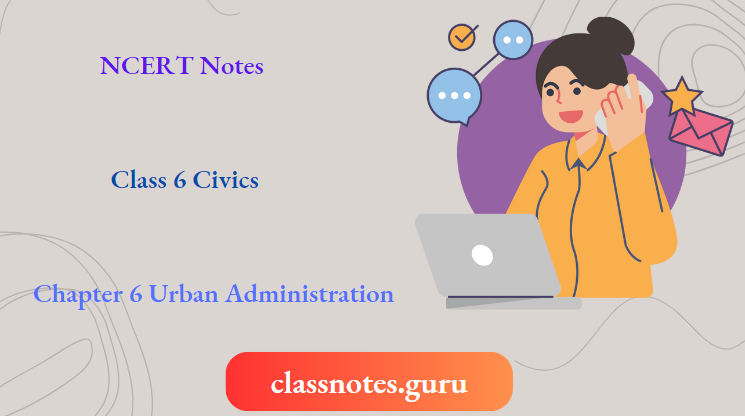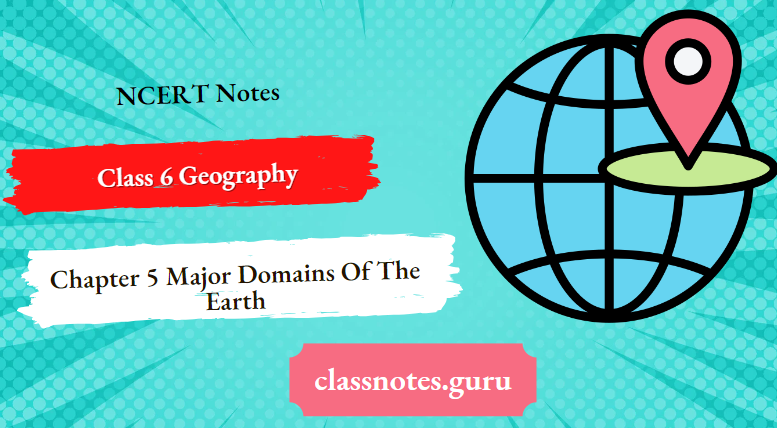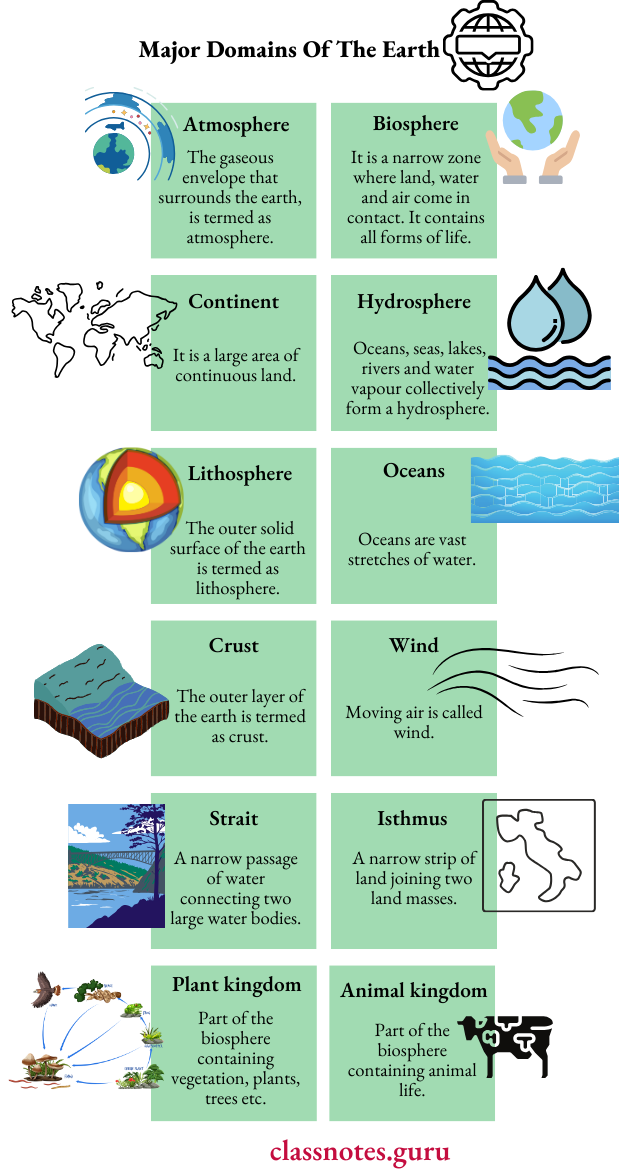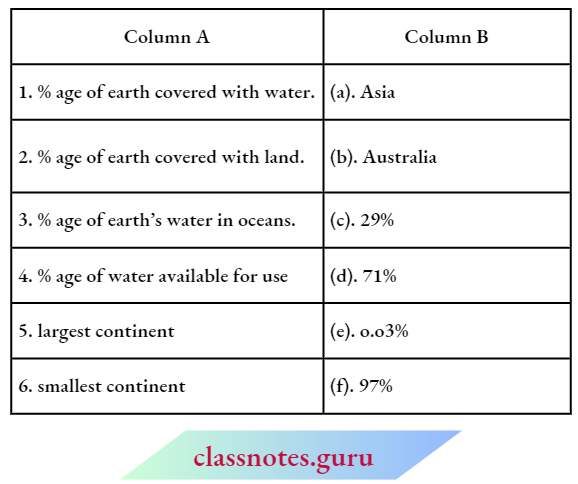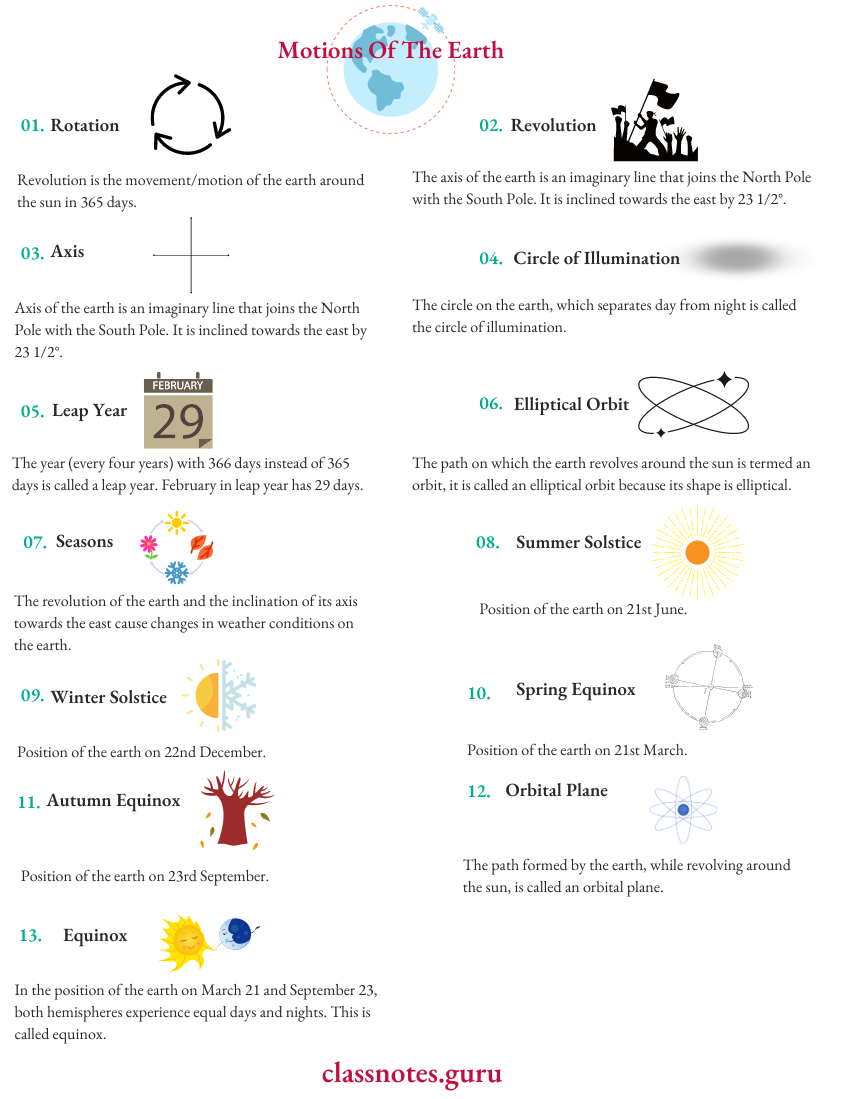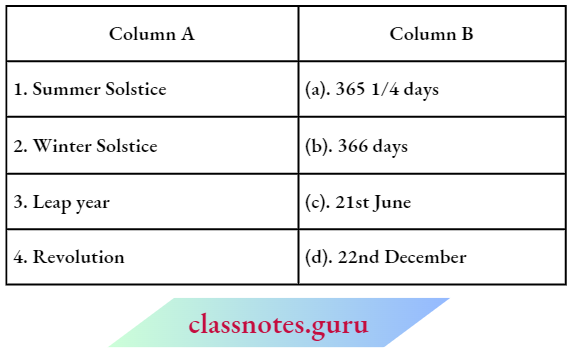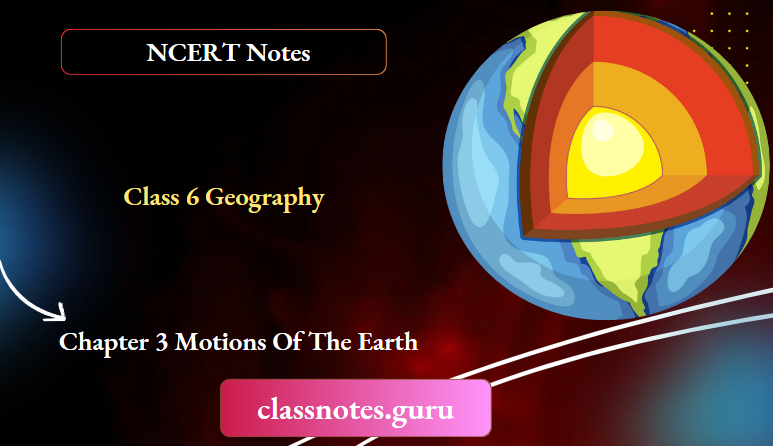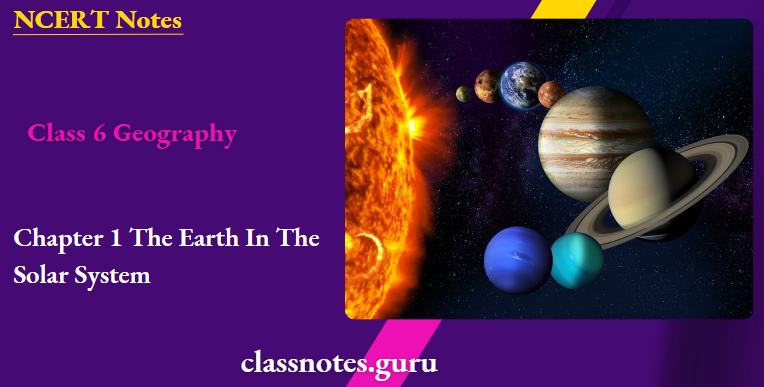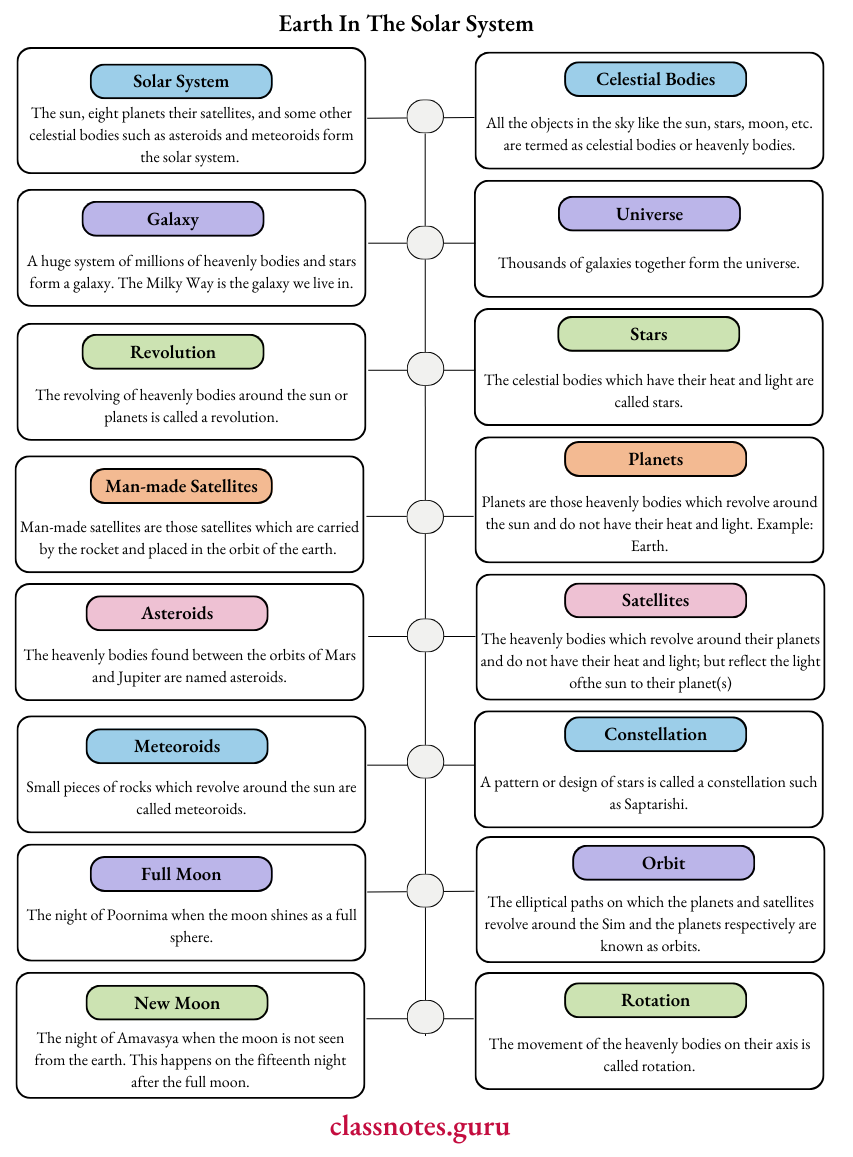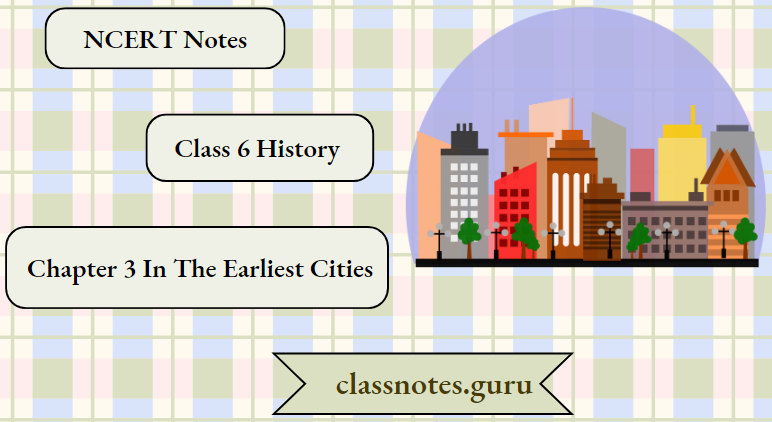Villages Towns And Trade
The Use Of Iron began about 3000 years ago. It developed around 2500 years ago.
New tools like axes, plowshare, irrigation, and a system of transplantation of crops increased production.
- In northern India—gramabhojaka—landowners, independent farmers— chapatis, and slaves (or dasa karma karas) lived in villages.
- Ring wells have been found in cities. These were probably used as drainage or toilets.
- Accounts of travelers and sailors tell us about life in cities.
- Punch-marked coins of metals were used to measure wealth.
- Mathura was located on travel and trade routes. It was the Kushana capital about 2000 years ago. It was also the religious center.
- Fine pottery called Northern Black Polished Ware (NBPW) has been found.
- Varanasi and Madurai were famous cloth centers.
- Craftsmen merchants formed “Shrenis”.
- Merchants also formed Shrenis.
- Arikamedu was an important coastal settlement between 2200 and 1900 years ago.
- Discovery of Roman gold coins in India and throughout the subcontinent shows that trade was there with some other countries.
- Traders discovered new sea routes and used monsoon winds to travel far and wide.
- China found the method of making silk around 7000 years ago. The path, from where the silk was taken to other countries was known as the ‘silk route’.
- Kushanas controlled a large part of the silk route for a long time. They ruled around 1900 years ago over Central Asia and west India.
Villages, Towns, and Trade Class 6 History NCERT Notes
Villages Towns And Trade Keywords
Gramabhojaka: In northern India, during ancient times, the headman of the village was known as Gramabhojaka.
Kadaisiyar and Adimai: Landless laborers (or farmers), including slaves, were called Kadaisiyar and Adimai in the Tamil region of south India.
Vellalar: Big landowners were called Vellalars in the Tamil region.
Plowshare: An implement used for cultivating land.
Punch-marked coins: Coins, that were punched by the rulers in ancient times, were called punch-marked coins. They were made of copper.
Iron: Metal principally used for making tools and machines.
Village: The smallest unit of society or state, where generally several families live.
Port: Its meaning is a harbor.
Ring well: Rows of pots or ceramic rings arranged one on top of the others, is known as ring-well. These were used for drainage or as toilets.

City: A bigger unit than the towns is called a city.
Shreni: The guild of craftspeople or traders is called Shreni.
Sangam: Some of the earliest works in Tamil are known as Sangam literature. These texts were composed and compiled in assemblies (known as sangams) of poets that were held in the city of Madurai (Tamil Nadu).
Chapter 8 Villages, Towns, and Trade NCERT Notes
Trader: A businessman who carries different kinds of things and articles from the places of making to other places to sell.
Route: A road or passage taken to reach other cities and countries is called a route.
Silk: A fine soft thread produced in the cocoon by a silkworm. Cloth is made from this.
Silk Route: A very old trade route between China and Western Asia (up to the North-West sub-continent of India) ran through Central Asia.
Villages Towns And Trade Date Line
Around 3000 B.C.: beginning of use of iron
Around 2500 Years Ago: increase in the use of iron, growth of cities, use of punch-marked coins
Villages, Towns, and Trade: NCERT Notes Chapter 8
2300 Years Ago: Sangam literature
2000 Years Ago: Settlement at Arikamedu (Puducherry)
Around 7000 Years Ago: discovery of silk
Around 2000 Years Ago: demand for silk in the Roman Empire

